
The front line
Fierce fighting continued in the Bakhmut direction, with non-stop artillery fire being exchanged by both sides. Ukrainian soldiers said that Russia's tactic around Bakhmut was to “cover everything with corpses.” According to the Ukrainians, Russian soldiers march in groups of 30, “like zombies,” trying to push through their positions. Russian propaganda project WarGonzo claimed that Wagner Private Military Company (PMC) fighters tried to attack south of Bakhmut from Kurdiumivka, with counterattacks from the Armed Forces of Ukraine (AFU) occurring on the eastern outskirts of the city. According to these reports, there are also counterattacks near Soledar in the area of Bakhmutske and Bilohorivka in the Donetsk region.
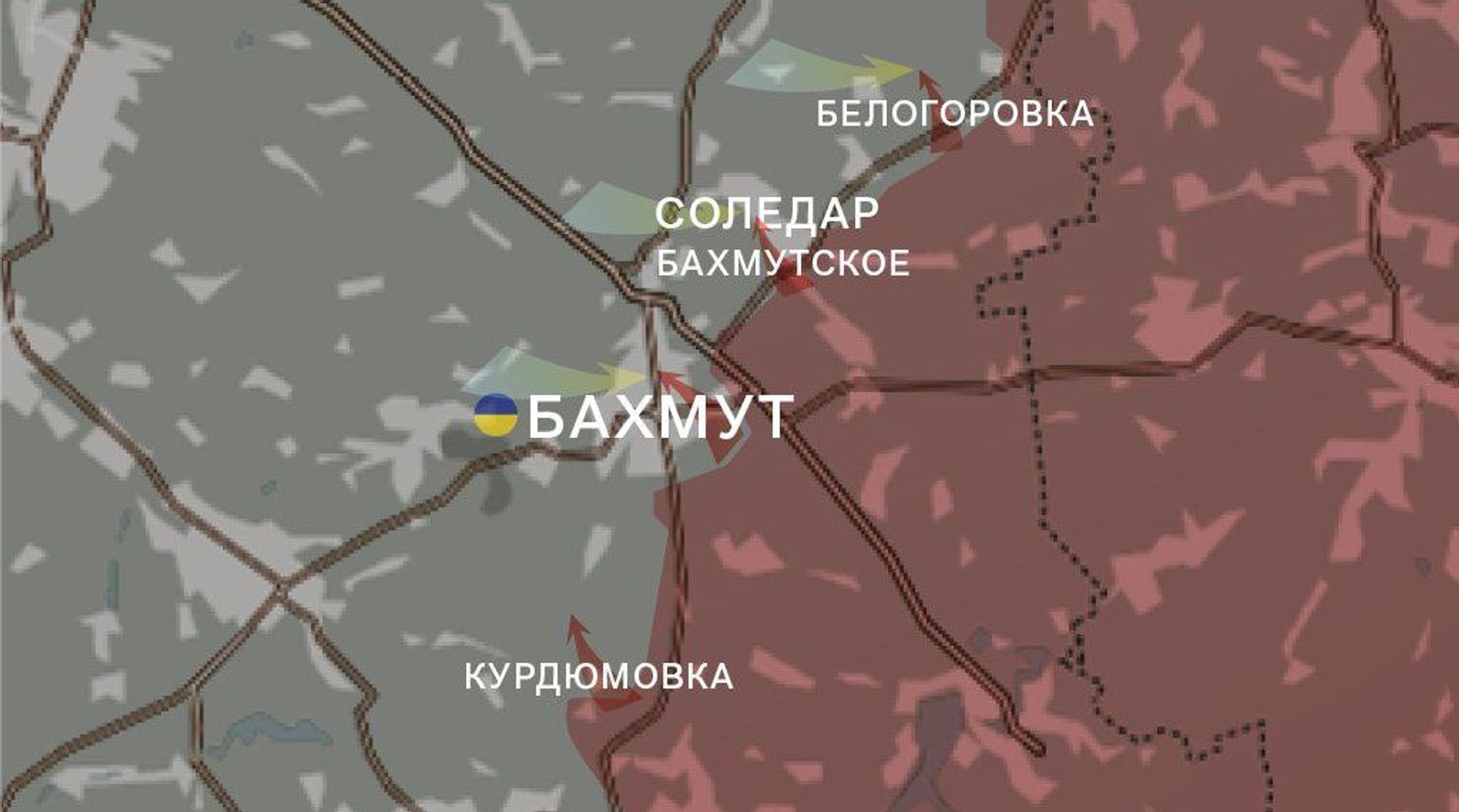
WarGonzo also reported Russian attacks near Novomykhailivka and Pobeda in the Donetsk direction, fierce fighting in the city limits of Marinka, and attempts to storm Nevelske.
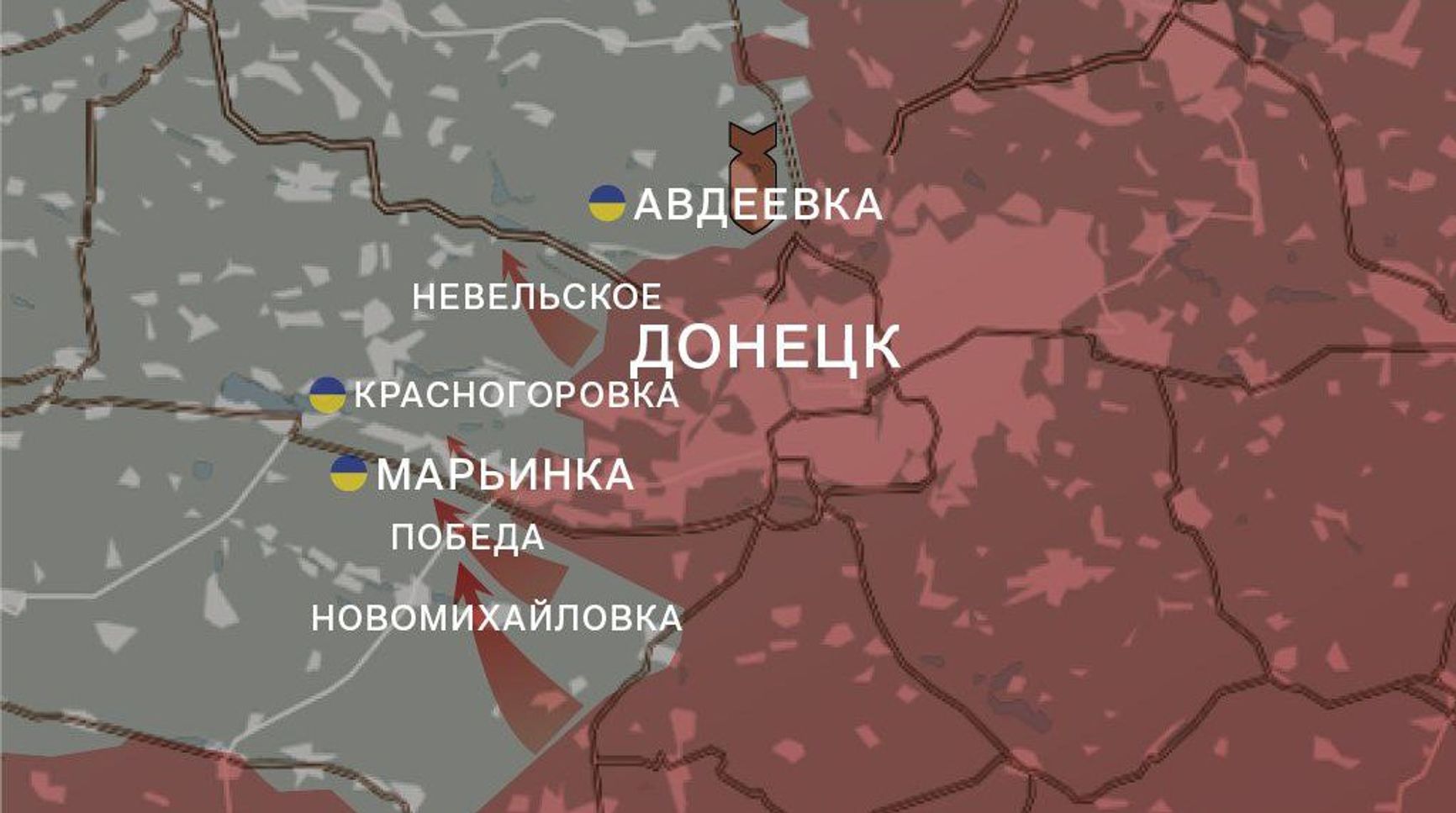
The AFU reported an advance in the Svatove direction, moving forward by 1.5 km near the village of Dibrova in the Luhansk region, according to a statement by Oleksii Gromov, head of the Main Operational Directorate of the AFU General Staff.
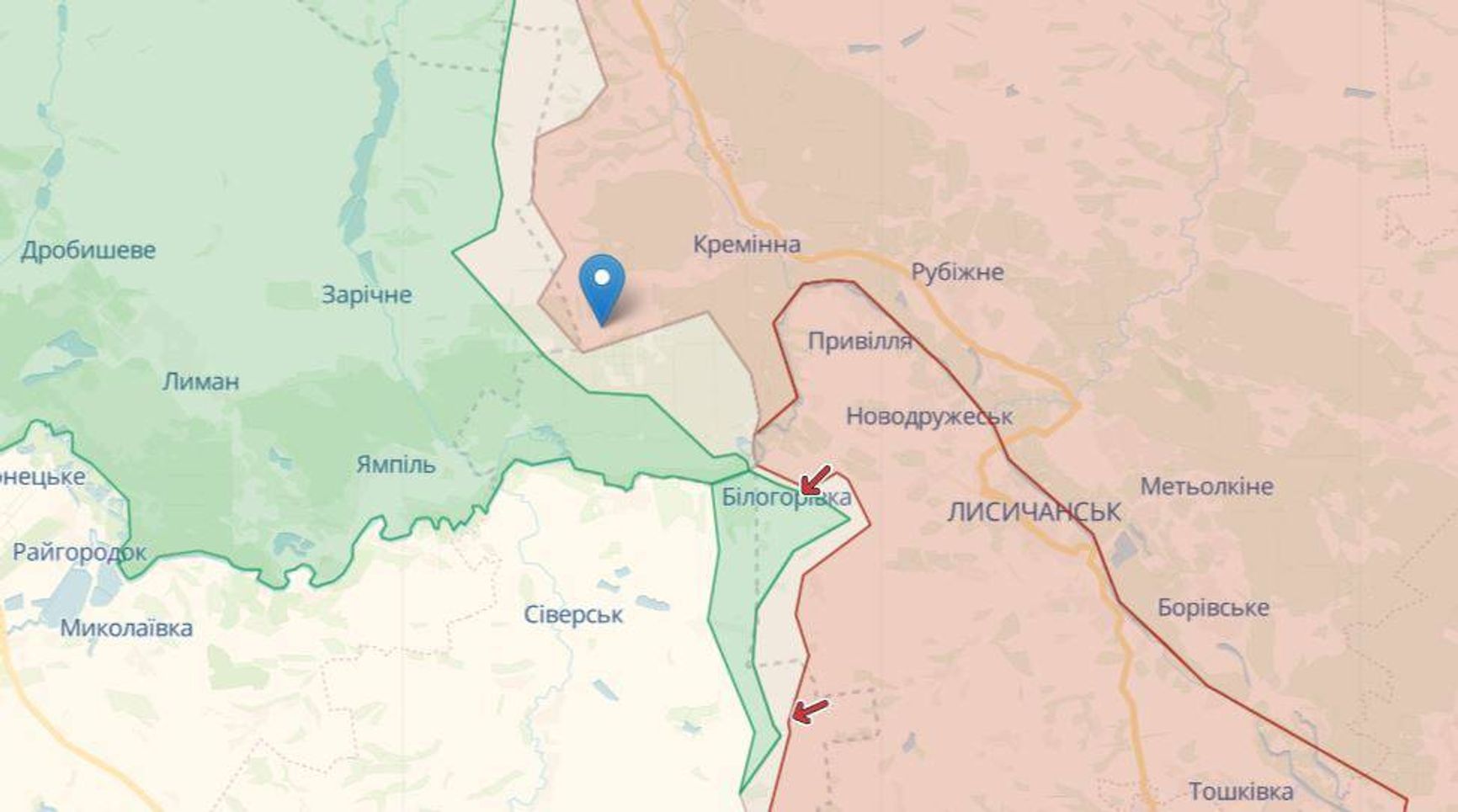
Russia-installed “mayor” of Donetsk Alexei Kulemzin claimed the city sustained “the most massive strike since 2014”, with Bogdan Khmelnitsky Avenue, Universitetskaya Street, Shkolny Boulevard, the Krytiy Rynok district, and Naberezhnaya Street coming under fire. According to WarGonzo, the city was shelled from Czech RM-70 Vampire MLRS systems, which “can change their location very quickly after a missile strike.”
Serhii Bratchuk, Head of the Public Council under the Odesa Oblast State Administration, reported on the strikes in the occupied Zalizniy Port in the Kherson region. According to him, an explosion occurred in a hotel housing FSB officers. It is possible that the shots were fired from US-supplied HIMARS systems.
A Ukrainian landing?
Ukrainian intelligence claims that the Russian military has dug trenches and set up minefields along the coast in the Saky district of Crimea. The photos shown are from the village of Molochne. Trenches and “dragon's teeth” – concrete pyramids designed to stop heavy equipment – can be seen throughout the area. According to Ukraine’s Main Intelligence Directorate (HUR), the fortifications are part of the Russians’ preparations “for the landing of Ukrainian troops.”
Retired SBU Major General Viktor Yahun told The Insider that the Russian army's efforts in this location are not to be taken seriously:
“Ukraine doesn't have the technical capabilities to deploy a landing force. We have a few boats, and we can bring no more than a hundred people or so at a time. The idea with the landing troops is nonsense, and the fortifications are a showpiece. If you dig a trench in the sand in this area, it will fill up with water in half an hour. It's just a show, nothing more.”
“Smart bombs” for Ukraine
The US wants to supply the Ukrainian army with equipment based on Joint Direct Attack Munition (JDAM) technology, which can turn unguided aircraft munitions into so-called «smart bombs,” reported The Washington Post, citing high-ranking US officials. JDAM kits can be installed in the middle and tail end of a missle, and can hit enemy positions with high accuracy through the use of GPS.
The Post did not provide any further details of a possible JDAM delivery, and it is unknown whether such a shipment was approved by US President Joe Biden. It is also unclear as to the specific kind of aid the US will provide, as the US can either deliver American-made bombs with pre-installed kits or the JDAM can be delivered separately, to be later installed on Soviet munitions.
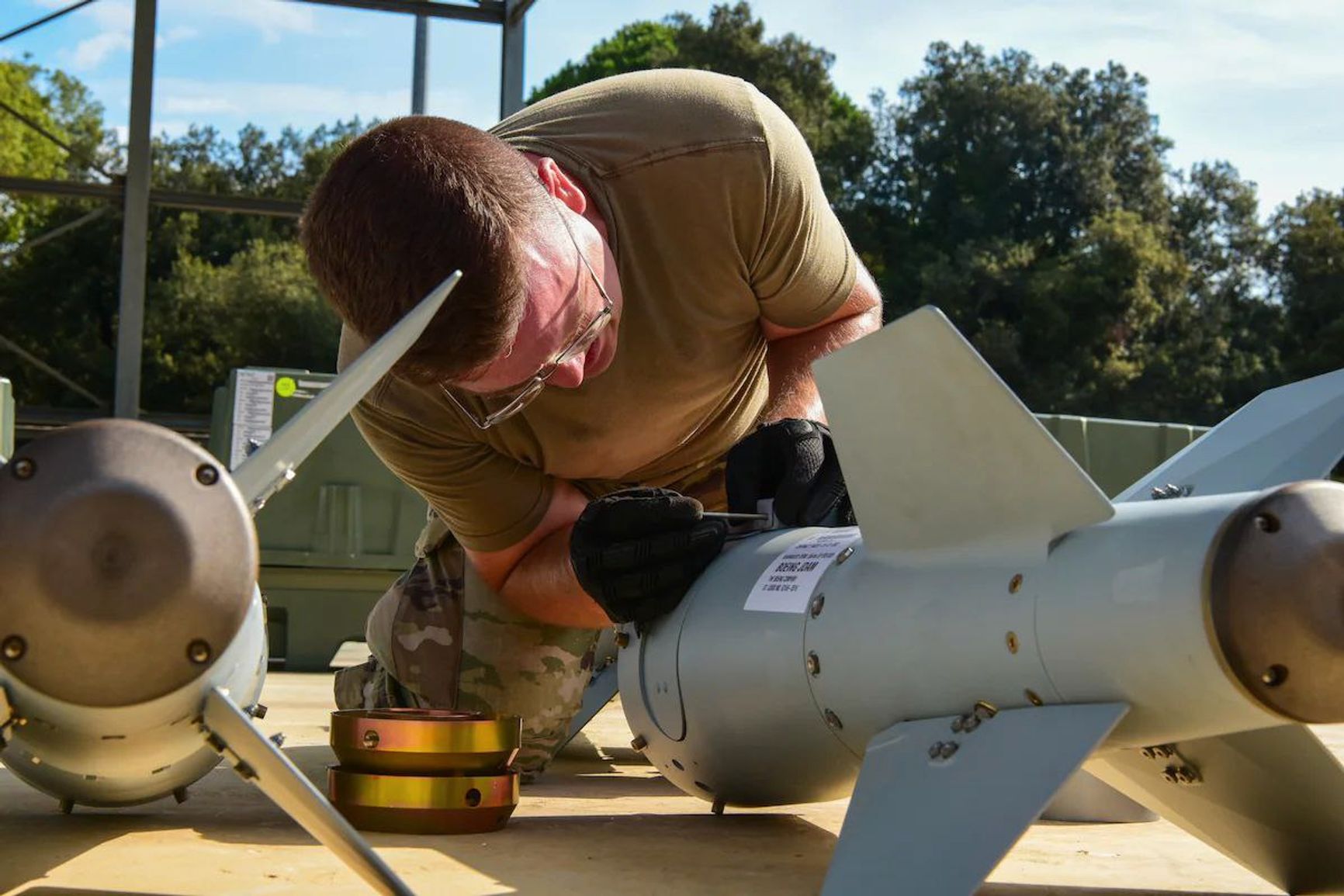
Reports also revealed that the US had transferred the AGM-88 HARM high-speed anti-radar missiles to Ukraine.
A new imminent offensive on Kyiv
The commander-in-chief of the Ukrainian army, Valerii Zaluzhnyi, said that a new Russian offensive against Kyiv was “inevitable” in an interview with The Economist. According to Zaluzhnyi, Russia is preparing 200,000 soldiers, equipment and reserves for a new assault on the Ukrainian capital. The Russian army may launch an offensive as early as spring, Zaluzhny suggests – “at best in March, at worst in late January. They may attack from Donbas, the south, or Belarus.” According to the general, Putin's mobilization “has worked”: “The tsar tells them to go to war, and [to war] they go. I studied the history of both Chechen wars, it was the same there. They may not be as well equipped, but they are still a problem for us. We estimate that they have a reserve of 1.2 million to 1.5 million men.”
“But the combat capability will be very, very low, even if [Putin] recruits another million men to throw bodies [around], as [Marshal] Zhukov did. This will not yield the desired result,” Zaluzhnyi assured.
Ukrainian Defense Minister Oleksii Reznikov made the same point: Russia may indeed launch a new offensive as early as February, and that, in his opinion, can be attributed to the timing of the mobilization training. According to Reznikov’s data, half of the 300,000 mobilized soldiers have already left for the occupied territories while the rest are currently being trained. The Kremlin is also preparing for a new wave of troop mobilization. Analysts at the US-based Institute for the Study of War (ISW) suggest that a potential offensive will begin in the west of the Donetsk region, as that is where the units that left the Kherson region are concentrated, in addition to units mainly consisting of recently mobilized soldiers.
Zaluzhnyi voiced three main tasks that the Ukrainian army now has to face: the AFU has hold its positions, accumulate reserves and get enough air defense and missile defense systems, which are in high demand due to Russia's massive shelling of Ukrainian civilian infrastructure. According to Zaluzhnyi, because of these attacks, Ukraine is now “teetering on the brink.” “I need 300 tanks, 600-700 IFVs and 500 howitzers,” said the AFU chief.
Is Melitopol the next target for the AFU?
As for possible major attacks by the Ukrainian army, Zaluzhnyi noted that the military needs to advance 84 km south in the Zaporizhzhia region – as far as Melitopol. Getting close to or capturing the city would draw Ukraine into artillery range over the land corridor to Crimea – from there the Ukrainians could hit Russian supply routes from various systems, including the HIMARS MLRS.
“Judging by the [frequent] sabotage, Melitopol could be the target of the offensive. Melitopol and Berdyansk are the key to the south [of Ukraine]. But I don't rule out that the situation with Kherson could be repeated. While everyone is keeping an eye on Melitopol, the liberation of an entirely different territory will begin. And the turn will then come to Melitopol,” Viktor Yahun noted in a conversation with The Insider.
In November, the AFU General Staff said the Russian military was actively preparing to defend occupied Melitopol – ramparts and other defensive fortifications were being built along the perimeter of the city.
Storm Shadow cruise missiles for Ukraine
British Defence Secretary Ben Wallace said that Ukraine needs supplies of long-range missiles and did not rule out the delivery of Storm Shadow cruise missiles to the Ukrainian Armed Forces. The Storm Shadow, a joint British-French project, are missiles that can hit targets at a distance of up to 560 kilometers. The weight of one missile comes in at about 1300 kg, while the weight of one warhead is close to 450 kg.
However, Wallace did not give any details and noted that he “will not speculate what kind of armament will be supplied to Ukraine.”
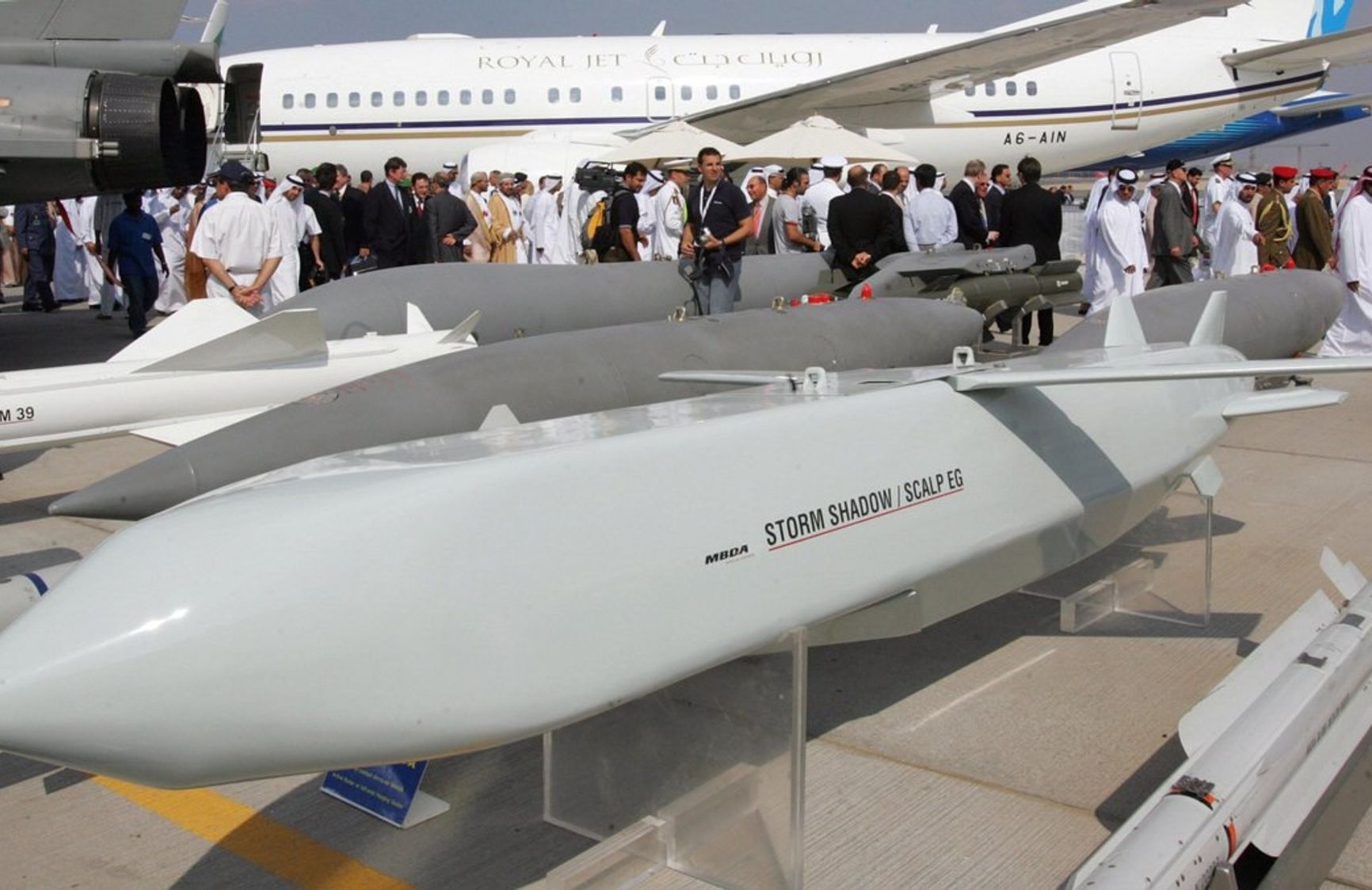
The Pentagon, meanwhile, has decided to expand a training program for the Ukrainian military in Germany, according to a report by The New York Times, citing sources with knowledge of the matter. The US plans to train 600-800 people a month (that figure is currently 300) – approximately the size of a battalion.
The US has already trained more than 3,000 Ukrainian soldiers overall since the start of the war – primarily in handling complex weapons, such as artillery systems, the NYT wrote. The Pentagon in particular has trained over 600 soldiers in the use of HIMARS systems.